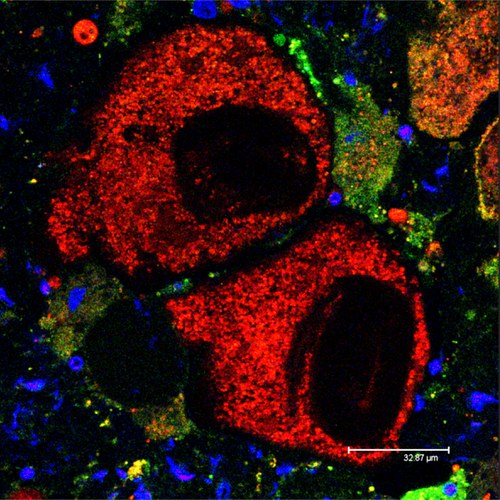Mitochondria and germ line development

Which mitochondria are inherited? Is there a phenotype under selection favoring the segregation of specific mitochondria into the germ line? Are there differences among animal groups?
In this research line, we study the development of the germ line and the mechanisms of inheritance of mitochondria: from their segregation into the germ line during embryo development, to their activity in gametes from which they are transmitted across generations.
Mitochondria generate energy for cell functioning. The activity of these organelles has been often related to cell ageing: some byproducts of the process of energy production, together with errors in DNA replication during cell multiplication, can damage mitochondria, leading to cell death, sometimes causing issues to the whole organism. Similarly, the coexistence of multiple mitochondrial variants (heteroplasmy) in the same individual has been connected to several pathologies.
This research line is focused on the study of the mechanisms that favor the transmission across generations of viable mitochondria. For this purpose, we carry out comparative analyses to understand the differences between mitochondrial populations in germ cells, that are transmitted to progeny, and those present in somatic cells. The comprehension of how the germ line is formed and from which mitochondria it is populated in different animal models, and the identification of similarities and differences among them, are of basic importance to extend the achieved knowledge at a more general level. The obtained data may also help to answer important questions on animal evolution.
Immunolocalization of proteins expressed in germ cells is used to characterize the dynamics of germ line development. New targets involved in these processes are identified by comparison of transcriptional data from germ line and somatic lineages in different organisms (vertebrates and invertebrates). In vivo mitochondrial markers are used to characterize mitochondrial activity. Techniques for immunolocalization of proteins from different mitochondrial lineages are utilized to determine presence and level of heteroplasmy (if present at tissue, cell and/or organelle level).
International collaborations:
- Sophie Breton
Université de Montréal, Canada
- Sergey Nuzhdin
University of Southern California, Los Angeles, USA
- Arkadiy Reunov
St. Francis Xavier University, Canada